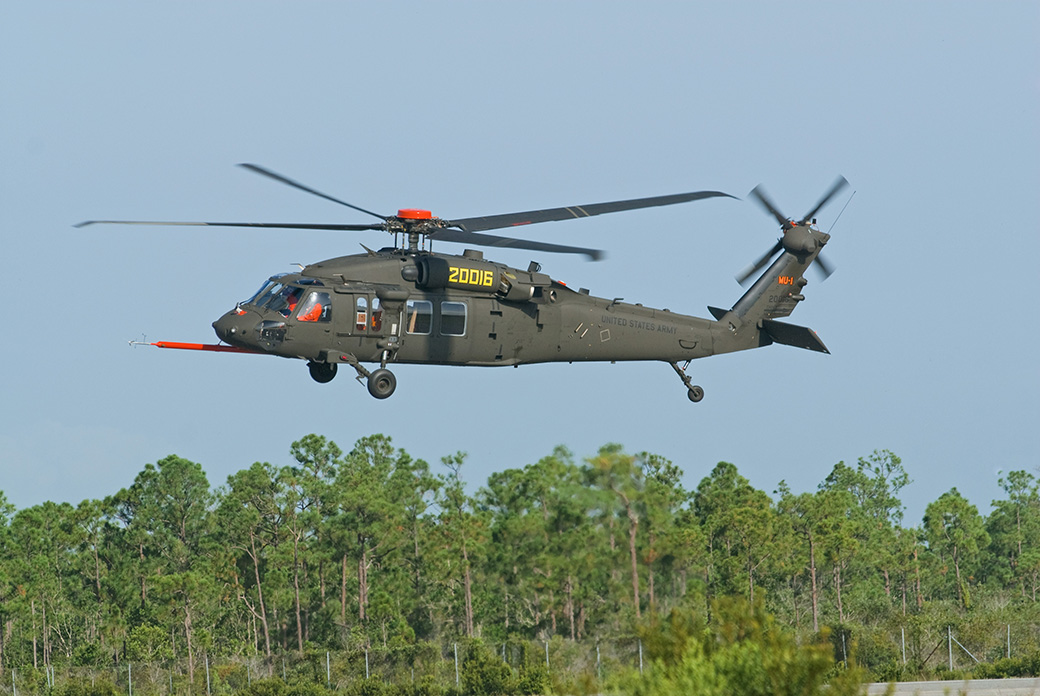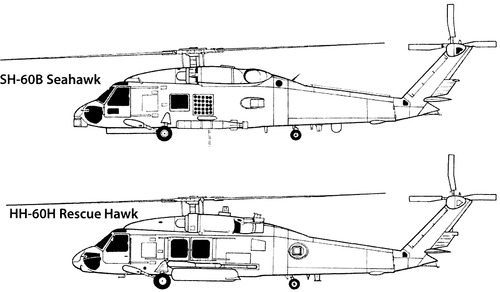Inside the Sikorsky S 70: What Sets This Helicopter Apart from Its Rivals
Inside the Sikorsky S 70: What Sets This Helicopter Apart from Its Rivals
Blog Article
High-Performance Multi-Role Rotorcraft Featuring Advanced Cockpit Technologies and Integrated Sensing Unit Equipments
The realm of rotorcraft modern technology has seen notable advancements in current times, specifically in the world of high-performance multi-role rotorcraft equipped with advanced cockpit modern technologies and seamlessly incorporated sensor systems. These developments have not just boosted the functional abilities of rotorcraft however have actually likewise substantially impacted contemporary air travel operations on numerous fronts. From improved objective adaptability to enhanced functional performance, the merging of advanced cabin modern technologies and integrated sensing unit systems has actually ushered in a new age of opportunities for rotorcraft applications. In the adhering to conversation, we will check out the evolution of rotorcraft modern technology, look into the world of sophisticated cabin advancements, and examine the ramifications of incorporated sensor systems on the functional convenience and effectiveness of modern rotorcraft.
Development of Rotorcraft Technology
The development of rotorcraft technology has actually been marked by considerable innovations in the rules of aerodynamics, materials, and propulsion systems, forming the capabilities and efficiency of modern-day rotorcraft. Wind resistant enhancements have actually improved the performance and maneuverability of rotorcraft, enabling raised rate, dexterity, and stability throughout trip (sikorsky s 70). Innovations in products, such as the usage of composite materials and advanced alloys, have resulted in lighter yet stronger rotorcraft structures, improving general efficiency and durability. In addition, advancements in propulsion systems, including much more powerful engines and cutting-edge propulsion innovations, have made it possible for rotorcraft to achieve greater elevations, faster rates, and higher payloads.
These innovations have not just changed the capabilities of rotorcraft yet have additionally increased their applications across numerous sectors, including military, industrial, and emergency services. The continuous development of rotorcraft innovation remains to drive advancement in the field, pressing the boundaries of what is feasible and shaping the future of vertical flight.
Advanced Cabin Innovations
Structure upon the fundamental advancements in the rules of aerodynamics, products, and propulsion systems, the realm of rotorcraft innovation currently moves focus towards introducing Advanced Cabin Innovations. The combination of innovative technologies within the cockpit environment plays a crucial function in enhancing the functional capacities, security, and effectiveness of contemporary rotorcraft. sikorsky s 70. Advanced Cabin Innovations include a wide variety of functions created to supply pilots with improved situational understanding, structured data monitoring, and instinctive control interfaces
One of the essential developments in cabin design is the implementation of glass cabins, which change conventional analog assesses with high-resolution screens. These electronic systems provide personalized designs, real-time data integration, and boosted readability, making it possible for pilots to access crucial info at a look. Moreover, advanced avionics systems, such as fly-by-wire controls and augmented reality display screens, are changing exactly how pilots interact with the airplane, permitting accurate control and enhanced decision-making capabilities.


Integrating sophisticated cockpit developments not only boosts pilot performance yet additionally contributes to general mission effectiveness and safety and security in complex functional settings. By leveraging state-of-the-art innovations within the cockpit, rotorcraft makers are establishing brand-new requirements for functional excellence and mission success.
Integrated Sensor Systems
With the evolution of rotorcraft modern technology, the integration of advanced Integrated Sensor Systems has actually come to be paramount web in improving functional performance and security. These Integrated Sensing unit Systems include a large range of technologies that provide essential data for numerous features such as navigating, monitoring, targeting, and environmental tracking. By flawlessly integrating sensors like radars, cams, lidar, and infrared systems into rotorcraft, drivers can gain from boosted situational recognition, enhanced objective capabilities, and decreased pilot workload.
One secret advantage of Integrated Continue Sensing unit Solutions is their capacity to collect real-time information and give workable understandings to pilots and mission drivers. As an example, advanced radar systems can detect and track targets over cross countries, enabling very early risk discovery and efficient reaction preparation. Additionally, integrating infrared and electro-optical cams allows rotorcraft to perform reconnaissance and surveillance goals with precision and precision.
In essence, the assimilation of cutting-edge sensing unit technologies right into rotorcraft not just improves operational efficiency yet additionally adds significantly to general mission success and crew security. As rotorcraft remain to evolve, the function of Integrated Sensor Solution will undoubtedly remain at the forefront of innovation in the aerospace sector.
Operational Versatility and Effectiveness
Enhancing operational convenience and efficiency in rotorcraft is a natural progression from the combination of innovative Integrated Sensor Solutions. By leveraging the insights and data provided by these cutting-edge sensor systems, rotorcraft can maximize their efficiency throughout various objectives and settings.
Functional versatility includes the ability of rotorcraft to adapt to various duties and circumstances efficiently. With sophisticated cabin innovations and incorporated sensor systems, rotorcraft can perfectly change between jobs such as search and rescue, clinical emptying, security, and more. This flexibility improves the rotorcraft's capability to satisfy diverse operational needs without needing comprehensive reconfiguration.
Efficiency in rotorcraft operations is critical for making the most of goal effectiveness and resource utilization. Integrated sensor systems play a pivotal role in improving operational efficiency by supplying real-time information on weather, surface mapping, target tracking, and much more. This data allows pilots to make informed choices quickly, optimize flight paths, conserve fuel, and enhance overall objective performance.
Influence On Modern Air Travel Operations

Moreover, the integration of innovative sensors assists in boosted objective planning and implementation, enabling rotorcraft to this content do a large range of jobs with enhanced accuracy. From search and rescue procedures to airborne firefighting and law enforcement missions, the capacities of modern rotorcraft geared up with sophisticated cockpit technologies and incorporated sensing unit systems are unrivaled.
Additionally, the influence of these developments expands past functional effectiveness to cost-effectiveness and sustainability. By optimizing trip paths, gas intake, and upkeep schedules, high-performance rotorcraft outfitted with advanced cabin modern technologies and sensing units add to lowering functional expenses and environmental impact, making them essential possessions in modern-day aeronautics operations.
Verdict
In verdict, the high-performance multi-role rotorcraft with advanced cabin modern technologies and incorporated sensor systems stands for a significant advancement in aviation technology. These technologies enhance operational flexibility and efficiency, ultimately impacting modern aviation procedures in a favorable way. The integration of these innovative modern technologies permits enhanced abilities and efficiency in various objective circumstances, showcasing the continued development of rotorcraft innovation in the air travel industry.
The world of rotorcraft technology has seen noteworthy innovations in recent times, specifically in the world of high-performance multi-role rotorcraft equipped with sophisticated cabin modern technologies and perfectly integrated sensor systems. From improved mission flexibility to boosted functional efficiency, the merging of innovative cabin innovations and integrated sensor systems has actually ushered in a new period of opportunities for rotorcraft applications. In the adhering to discussion, we will certainly check out the advancement of rotorcraft innovation, delve into the world of sophisticated cockpit advancements, and analyze the implications of incorporated sensing unit systems on the operational adaptability and effectiveness of modern rotorcraft.

Report this page